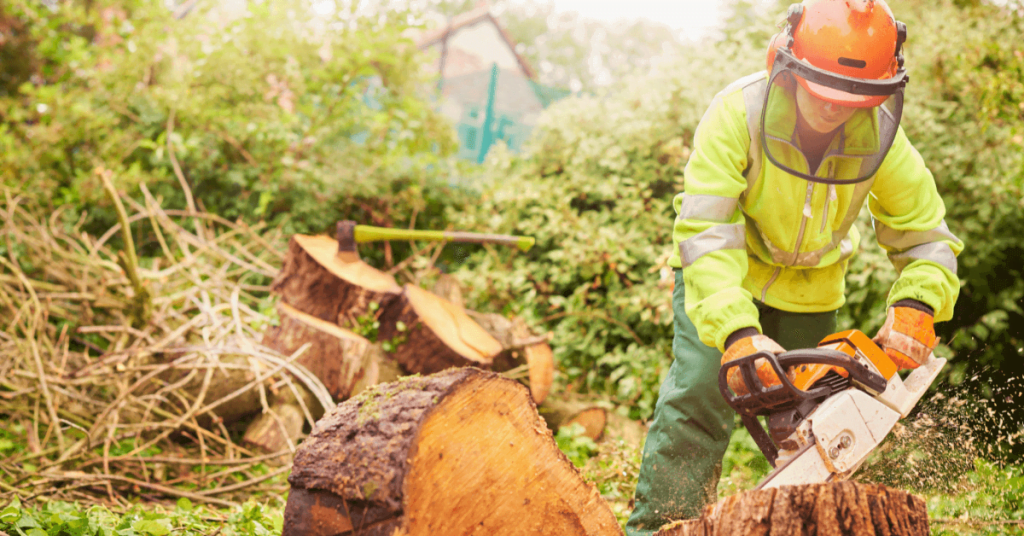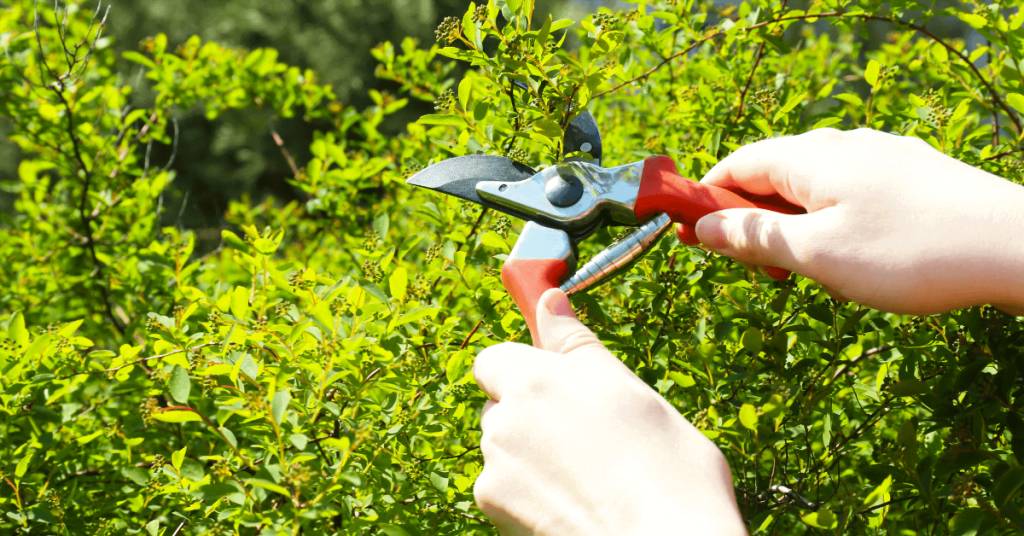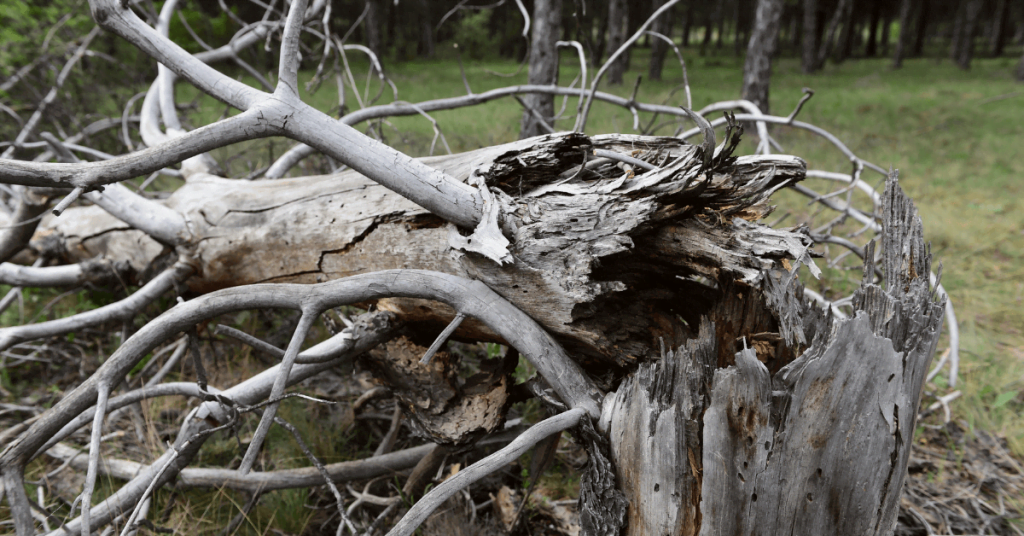Tree surgery is an increasingly popular method of trimming or pruning trees to maintain their health and beauty but is it safe?
This post will discuss the safety aspects of tree surgery including information on different methods that can be used, potential hazards that could arise and what precautions should be taken.
Whether you are looking for a more aesthetically pleasing garden, have concerns about tree damage or just want to ensure your property’s security, this post should help you make informed decisions when thinking about taking part in Tree Surgery.
Is Tree Surgery Safe?
Tree Surgery is generally considered a safe activity; however, it does come with some risks. The most common form of tree surgery involves trimming or pruning branches to encourage the growth of new foliage and reduce overgrowth. This process can help protect your property from falling debris, while also making sure that your garden looks its best.
However, pruning and trimming can also damage the tree if not done properly. This can leave it vulnerable to disease or pest infestation, as well as weakening its structure. It’s important to remember that all tree surgery should be carried out by a qualified professional to ensure both safety and optimal results.
Other methods of tree surgery include removing dead or dying branches, reshaping trees and wiring. Removing dead limbs is a necessary activity for the health of the tree, but when not done correctly it can cause serious damage to the trunk and surrounding foliage.
Reshaping is more often than not carried out for aesthetic reasons, but again should only be performed by a qualified arborist to ensure the tree’s health. Wiring can be used to stretngthen weak limbs and branches but should only be done when necessary, as it can lead to irreparable damage if done incorrectly.
Overall, tree surgery can be a safe activity for both you and your trees- providing it is carried out by a qualified professional and the necessary precautions are taken. It is worth remembering that any form of tree surgery should only be carried out when necessary to protect the health and well-being of your trees.
If you have any concerns about potential risks, it’s best to discuss them with an experienced arborist who can advise on the safest and most effective course of action.
Benefits Of Tree Trimming
Tree surgery is a process of pruning and trimming trees to keep them healthy and shape their growth. It also involves removing weak or dead branches, renewing damaged or diseased parts of the tree, transplanting, cabling and bracing for support and treating tree diseases.
1. Improved Safety
Tree surgery helps to improve safety by removing dead, diseased or weak branches that can be a potential hazard. Pruning and trimming help to reduce the risk of hazardous situations caused by branches falling onto people or property.
2. Aesthetic Protection
Proper pruning and trimming also help keep trees aesthetically pleasing and protect their natural shape and structure while providing them with healthier growing conditions in the future.
3. Increased Property Value
Trees provide great value to both residential and commercial properties, but they must be properly maintained for them to remain healthy and attractive. Well-maintained trees increase property value due to their appealing visual appeal as well as their ability to provide shade, privacy and noise reduction.
4. Improved Air Quality
Trees help to improve air quality by releasing oxygen into the atmosphere and absorbing carbon dioxide, a major pollutant in the atmosphere. Regular tree maintenance helps keep trees healthy and able to do their job of purifying the air around them.
5. Increased Wildlife Habitat
Maintaining healthy trees provides an important habitat for local wildlife species such as birds, squirrels and other small animals. Healthy trees offer food sources like fruits or nuts, protection from predators and nesting spots for various creatures that inhabit our world.
What type of equipment do tree surgeons use?
Tree surgeons use a variety of specialized tools and equipment to perform their job safely and efficiently. This includes chainsaws, climbing ropes, pruners, hedge trimmers, pole saws, chippers, stump grinders, safety harnesses and protective gear.
They may also use aerial platforms or cranes to access large trees that need to be trimmed or removed. Handheld tools such as loppers, shears and pruning knives are also used for smaller cutting tasks.
Finally, tree surgeons may work with specialized diagnostic software that helps identify tree health problems and recommend treatments accordingly. All of this equipment is essential in helping them provide the best possible service for their clients.
Safety is always paramount so proper training on how to use all the tools and equipment is essential. It ensures tree surgeons can perform their job safely and correctly, thus protecting the environment and helping to preserve trees for future generations.
How safe is tree surgery?
Tree surgery is typically a safe and secure practice, providing the correct safety measures are in place. All tree surgeons should be properly trained and qualified, wear appropriate protective clothing and use certified climbing equipment to ensure their safety as well as that of those around them.
Careful planning must also be taken into consideration when undertaking any type of tree work, with potential hazards being identified and assessed before commencing the job.
This includes ensuring that no power lines or other obstacles are present in the area which could cause injury. It is also important for your tree surgeon to understand the tree’s biology, enabling them to carry out their tasks efficiently whilst safeguarding its health.
The right tools must also be used for every task, as cutting corners can lead to potentially dangerous situations. If your tree surgeon is operating a chainsaw, it must be in perfect condition and sharpened regularly as blunt blades can cause the saw to kick back, which could lead to serious injury for either operator or anyone nearby.
It is also important for your tree surgeon to be aware of weather conditions such as strong winds; heavy rain; snow and ice, to protect themselves and those around them from harm during the job.
At the end of each tree surgery job, thorough inspections must take place to ensure that all safety standards have been met. The area should also be left clean and tidy with any branches being removed using an appropriate vehicle.
Who should consider having tree surgery done?
Tree surgery is a great solution for almost any type of tree-related problem. Homeowners, business owners and property managers who have trees on their property should consider having tree surgery performed to keep the trees healthy and safe.
Tree surgeons can help with various tasks such as removing dead or dying branches, thinning overcrowded crowns, reducing height and width or even removing entire trees if necessary.
Tree surgery can also help reduce the risk of damage caused by pests and diseases. Regular tree maintenance is an important part of keeping your property safe and beautiful, so it’s worth considering having a professional tree surgeon visit your property to assess any issues you may have with your trees.
A professional tree surgeon will be able to provide advice and guidance on the best ways to take care of your trees and keep them in great condition. Tree surgery is a cost-effective solution for keeping your property looking its best, so don’t hesitate to contact a professional if you have any concerns about the health of your trees.
How much does tree surgery cost?
Tree surgery is a specialized field that can be quite costly depending on the type of work required. The cost of tree services will vary greatly depending on the size and condition of the trees, as well as the complexity of the job.
- Tree removal costs may start at £200 for small trees but can go up to several thousand dollars for larger ones.
- Pruning or trimming services may cost anywhere from £75 to £1,500 depending on the size of the tree and the complexity of the job.
- Stump removal typically costs around £100-£400.
In certain cases, you may also be responsible for additional fees related to permits, waste disposal, or other unforeseen circumstances. Therefore, it’s best to consult a professional tree surgeon for an accurate estimate.
In addition, you should also factor in the cost of safety equipment and any additional services that may be necessary. These could include pest control, soil testing and even root pruning. Consult your local arborist or tree service provider to get an exact estimate of the cost of tree surgery.
Remember, it is always best to invest in professional services for the safety and health of your trees. A well-maintained landscape not only looks beautiful but also significantly increases the resale value of your home.
What are the potential risks associated with tree surgery?
Tree surgery can be a dangerous profession if not undertaken properly. The tree surgeon must have adequate training, experience and knowledge of working safely with trees.
The risks associated with tree surgery include:
i) Falls from the height
Tree surgeons often have to work at great heights, which poses a significant risk of falls and other injuries due to slips, trips or other mishaps. It is important to use specialist climbing equipment and secure the tree with ropes when necessary.
ii) Risk of electrocution
Tree surgeons can be at risk of electrocution if working near overhead power lines. The severity of injury in this instance can be particularly hazardous since it involves dealing with a live electrical current.
iii) Working with dangerous equipment and tools
Tree surgeons work with a variety of sharp saws and blades, as well as heavy machinery such as chainsaws and wood chippers. It is important to take all necessary safety precautions when using this type of equipment to prevent the risk of injury or death.
iv) Injury from falling branches
poses a significant risk to tree surgeons and anyone who is working in the vicinity. The size of the branch can determine how great the risk is, so it is important to take necessary precautions to avoid injury or death from falling branches.
v) Risk of insect bites/stings
Tree surgeons can be exposed to a variety of insects including wasps, bees and spiders. These insects can sting or bite if they feel threatened so it is important to take all necessary precautions when working around trees infested with them.
vi) Risk of diseases and infections
Tree surgery professionals may be exposed to a variety of viruses, bacteria, fungi and other microorganisms. It is important to take all necessary precautions when working with trees to avoid any potential diseases or infections.
vii) Exposure to hazardous chemicals and materials
Tree surgeons may be exposed to a variety of hazardous chemical substances such as herbicides and pesticides while performing their job. They must wear appropriate protective clothing and use the necessary safety equipment to avoid any potential harm.
viii) Risk of injury from sharp tools and objects
Tree surgeons may be exposed to a variety of sharp tools and objects while performing their job, which can pose a risk of cuts and other injuries if not handled properly. It is important to wear protective gloves when handling any dangerous tools or objects.
Final Thoughts
Tree surgery is a dangerous profession. However, if you take the necessary precautions and follow the proper safety procedures, it can be safe. If you are planning on having tree surgery done, make sure to hire a reputable company that follows all the safety guidelines.
Ensure that they use the right tools, have proper insurance and have qualified staff who understand the risks associated with tree surgery.
Be sure to wear appropriate safety equipment such as gloves, masks and helmets while working on trees.



